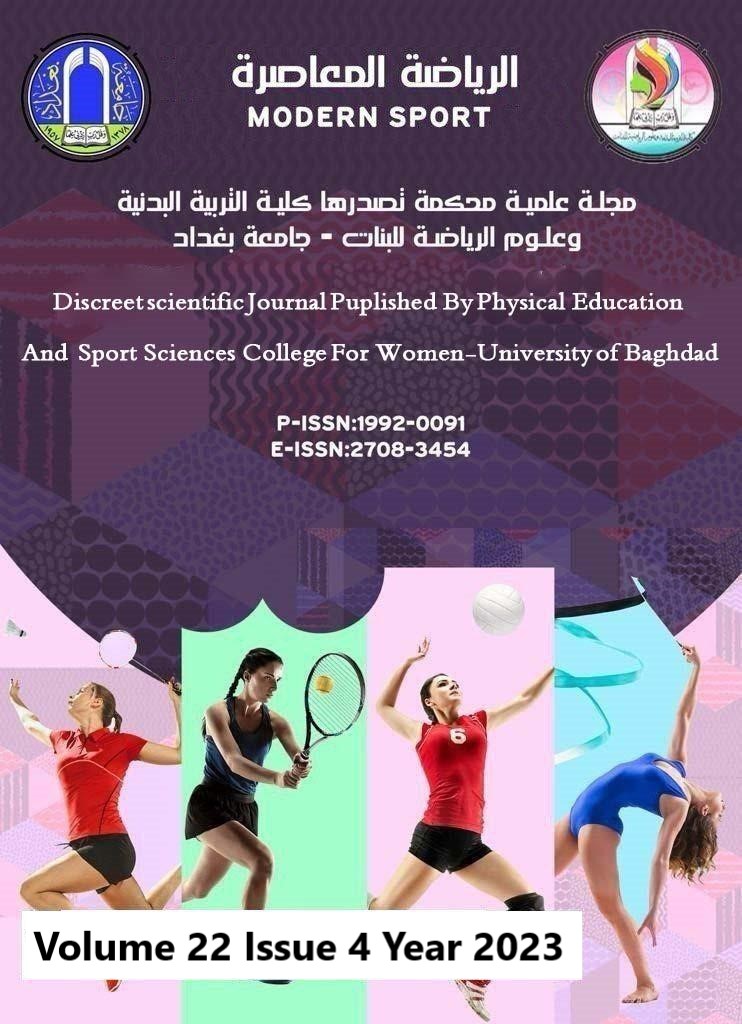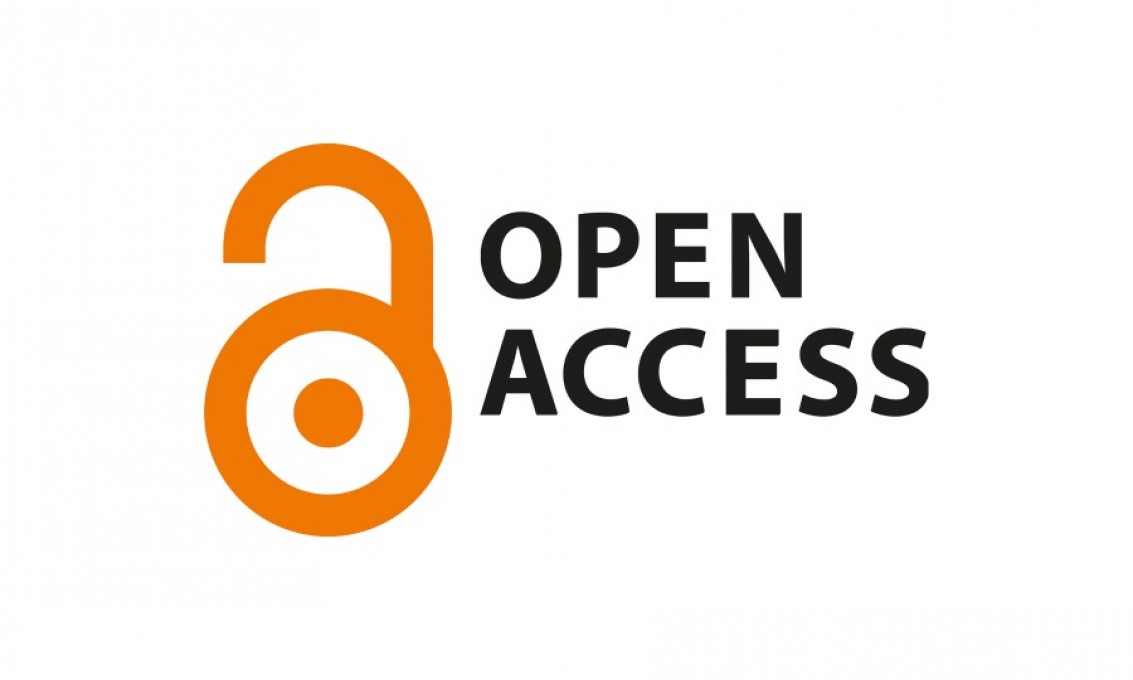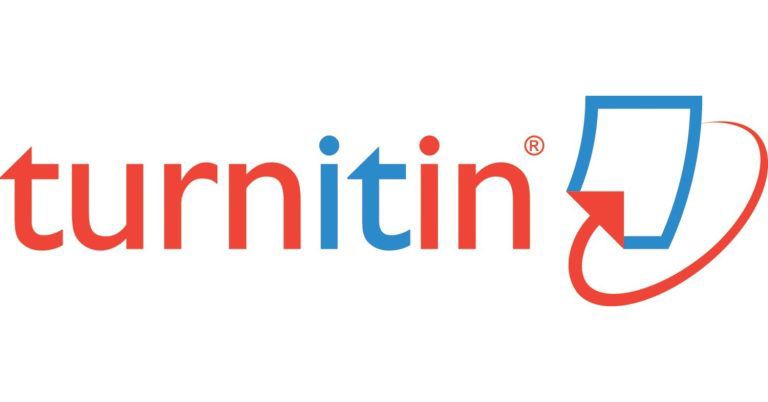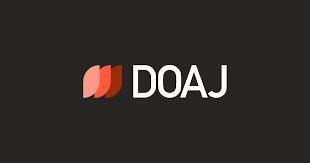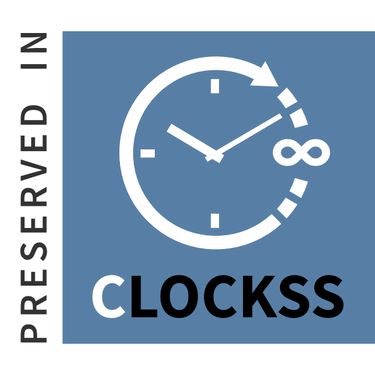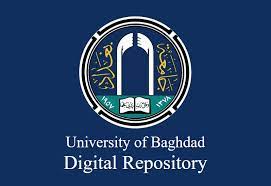The Impact of a Curriculum Based on the Bybee Model on Learning Some Volleyball Skills for Female Students at the College of Physical Education and Sports Sciences
DOI:
https://doi.org/10.54702/ms.v22i4.1166Keywords:
Bybee model, receiving servesAbstract
The significance of this research lies in its development of a proposed educational curriculum that is based on the Bybee model and aimed at teaching students the skills of serving and receiving in volleyball. The importance of the Bybee model lies in its ability to facilitate the application of information in various situations. The research problem emerged after the researchers reviewed previous studies and sources. They noticed a deficiency in the performance skills of setting and receiving in volleyball among female students. Consequently, the researchers decided to investigate the impact of the educational curriculum using the Bybee model on the learning of setting and receiving skills in volleyball. The research aims to develop instructional units based on the Bybee model, consisting of one instructional unit per week, totaling 16 instructional units. The objective is to facilitate the acquisition of two essential skills: volleyball serving and receiving among female students. Additionally, the study aims to investigate how the instructional curriculum enhances skill learning. The researchers employed an educational approach based on the Bybee model for skill acquisition. The research population consisted of second-year female students, totaling 82 students. The research sample included 30 students from class sections (A) and (D). Volleyball encompasses six fundamental skills that students should learn (serving, receiving serves, setting, spiking, blocking, and defending the court). The researchers will focus on the skills of setting and receiving the serve, as they are considered the most crucial skills in this game. These skills excel due to their dual offensive and defensive nature. Therefore, it is imperative for us to explore the latest strategies, tools, and techniques in this field. The researchers concluded the existence of differences in skill acquisition between pre-test and post-test assessments in favor of the experimental group, and this achieves one of the sustainable development goals of the United Nations in Iraq which is (Quality Education). They recommended that the findings of the study be used as a foundation for initiating new research projects in the field of volleyball and other sports
References
- Alyaa Talib. (2021). An analytical study of the reality of blended learning for practical lessons in volleyball in colleges and departments of physical education and sports sciences in Baghdad. Modern Sport, 20(4), 0021.
https://doi.org/10.54702/msj.2021.20.4.0021
- Ayat Tariq Lateef, & Nuhad Mohammed Alwan. (2022). The role of educational and technological competencies according to the (T-pack model in the degree of self-assurance of teachers of the faculties of physical education and sports sciences) at the University of Baghdad. Modern Sport, 21(4), 0035.
https://doi.org/10.54702/ms.2022.21.4.0035
- Trowbridge, L. W. & Bybee, R.W. (1990). Becoming Secondary School Teacher, (5th edition), Merrill Publishing Company, New York.
- Danya Salman. (2022). The effect of using the mental visualization strategy in the style of cooperative groups in learning the two skills of setting from the top and receiving from the bottom in volleyball. Modern Sport, 21(2), 0019.
https://doi.org/10.54702/msj.2022.21.2.0019
- Haneen Mohammed Hussein, & Muna Talib Albadry. (2021). Self-programming of information and its relationship to some offensive skills in volleyball among female students. Modern Sport, 20(3), 0055.
https://doi.org/10.54702/msj.2021.20.3.0055
- Malath Haider, & Njlaa Abbas. (2021). Decision-making and its relationship to spiking and blocking performance in volleyball for emerging players. Modern Sport, 20(3), 0035. https://doi.org/10.54702/msj.2021.20.3.0035
- Dania Salman, & Shaymaa Jaafer. (2022). The effect of the Intustel model in learning the skills of transmitter and transmitter receiving volleyball for female students. Modern Sport, 21(3), 0054.
https://doi.org/10.54702/msj.2022.21.3.0054
- Muhammad Sobhi Hassanein and Hamdi Abdel Moneim. (1997). The Scientific Foundations of Volleyball and Measurement Methods: Physical - Skill - Cognitive - Psychological - Analytical, 2nd edition: Cairo, Al-Kitab Center for Publishing, p.202
- Safa Abdul-Kareem Sadiq, & Najlaa Abbas Nseif. (2022). The relationship of three-dimensional intelligence to cognitive achievements in the subject of teaching methods. Modern Sport, 21(4), 0001.
https://doi.org/10.54702/ms.2022.21.4.0001
- Sarah Qassim, & Bushra Kadhum. (2021). The effect of a learning strategy for mastery in learning the skills of Setting volleyball for female students. Modern Sport, 20(3), 0089. https://doi.org/10.54702/msj.2021.20.3.0089
- Shaimaa Adil, & Nuhad Mohammed. (2021). The percentage of the contribution of emotional achievement in the results of cognitive and skill learning to the skills of passing from the top and bottom of volleyball. Modern Sport, 20(3), 0103.
Downloads
Published
Issue
Section
License
Copyright (c) 2023 Modern Sport

This work is licensed under a Creative Commons Attribution 4.0 International License.
